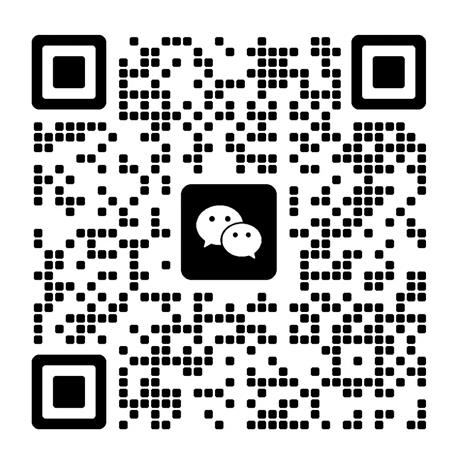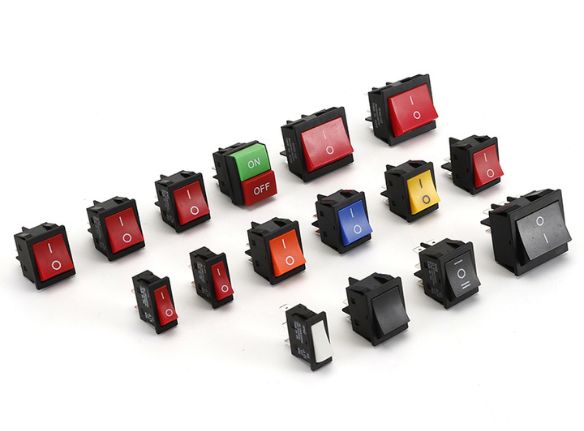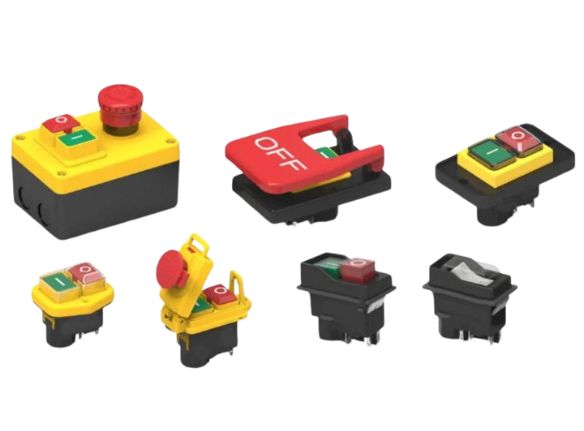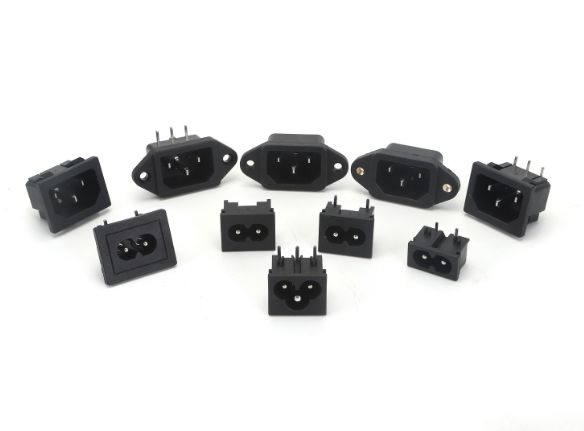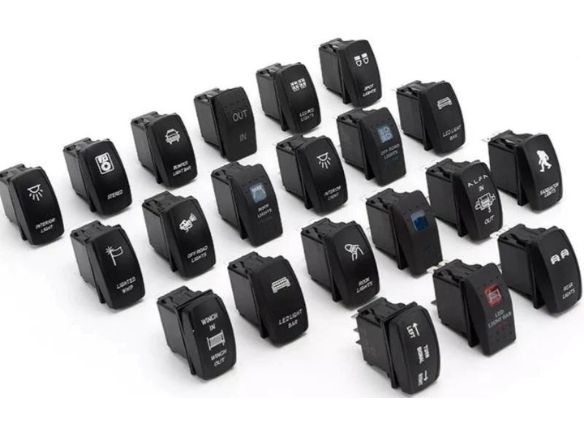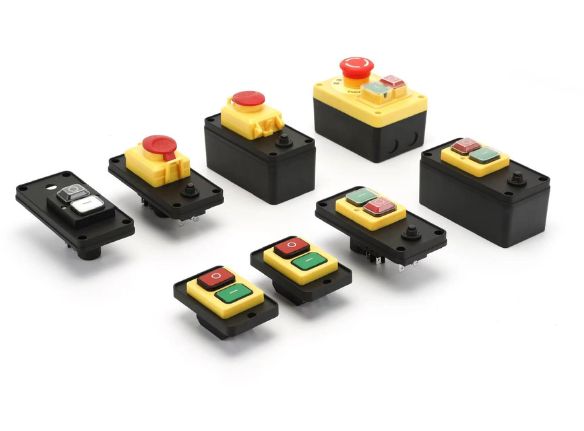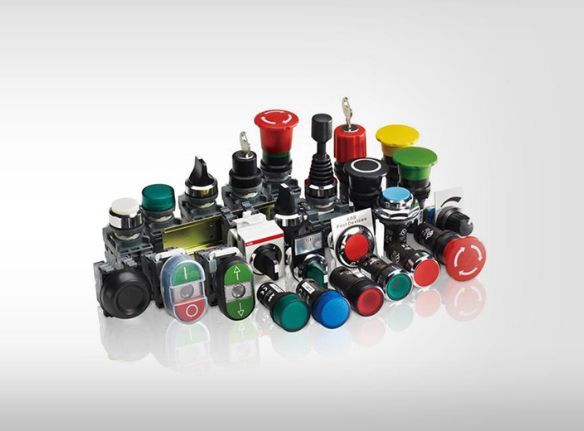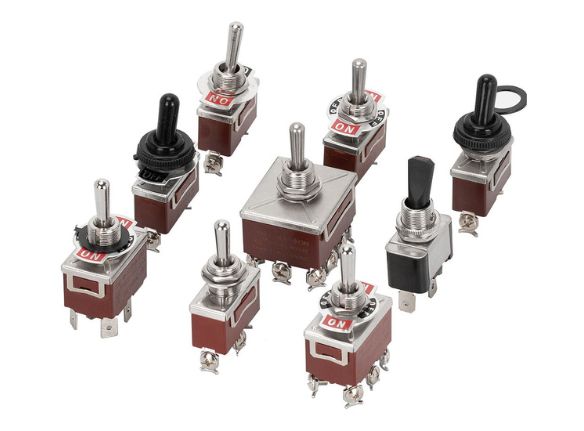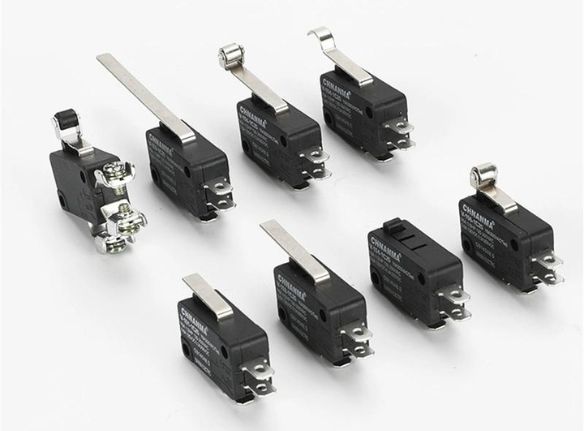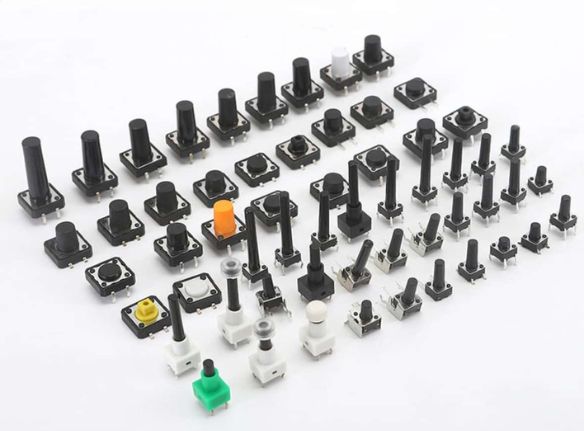Why choose double rocker switch?
In the process of using electrical circuits, one button controls two currents, which often cannot solve the problem of using the equipment. However, using two switches is a waste of resources. Therefore, the double-button rocker switch was born, which solved the problem of one switch controlling two circuits at the same time, but they are not synchronized. The colors of the buttons can be completely different, and the working intentions can also be independent. Therefore, the double-button rocker switch is an indispensable accessory for some of your equipment. If you still don’t understand something, please contact our sales.
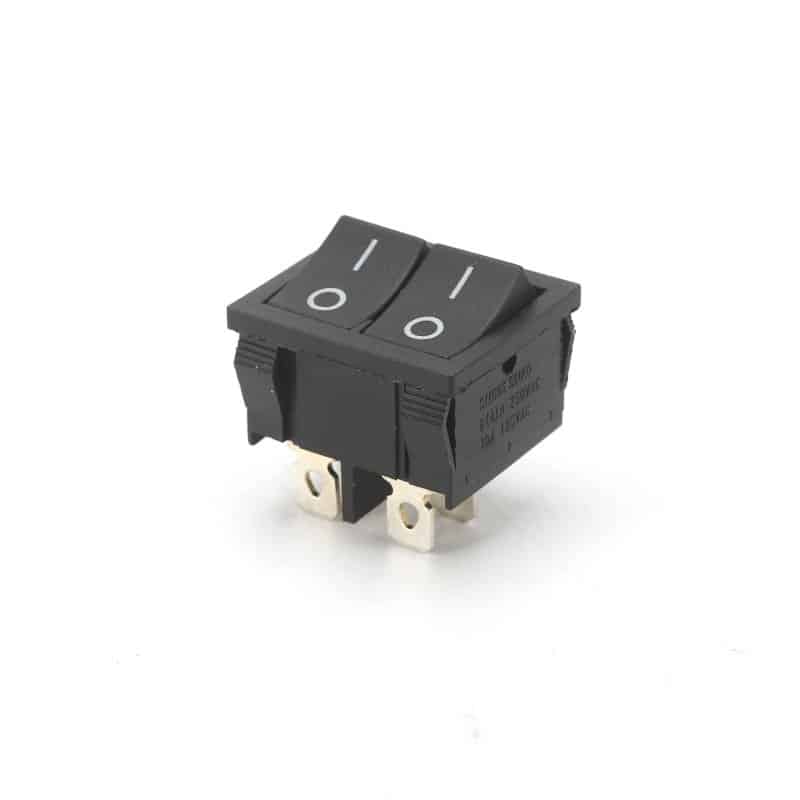
A double rocker switch allows control of two devices from one unit. Our switches are durable, efficient, and customizable to suit various applications, ensuring top quality and performance. Click to learn more!
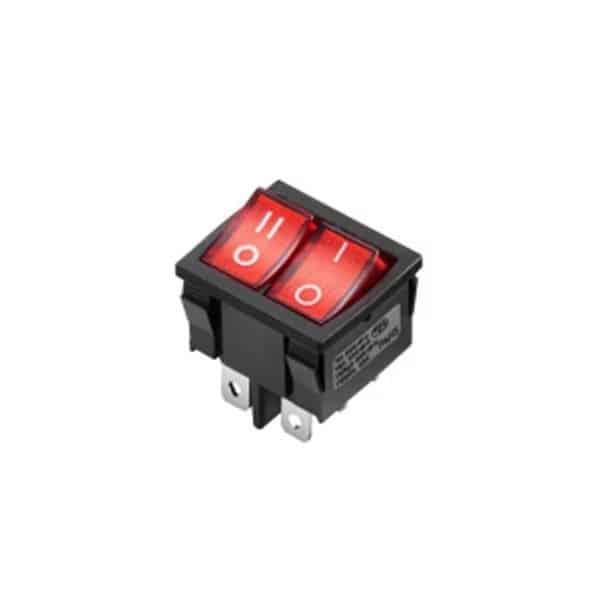
Double switch rocker: Efficient and durable, our switches offer smooth operation and are rigorously tested for reliability. Manufactured in China with high-quality materials, ensuring longevity and superior performance.
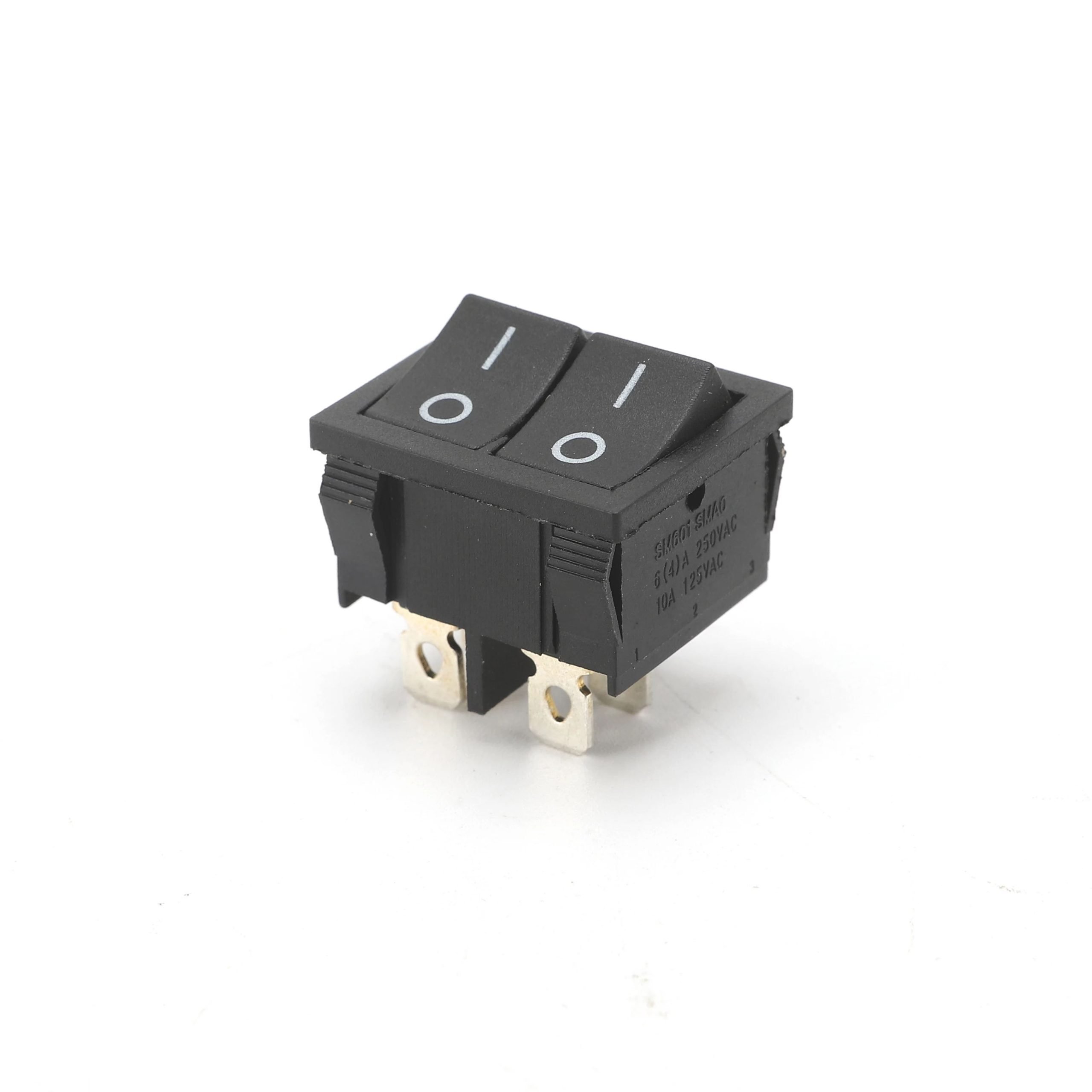
A rocker double switch allows you to control two devices from one location. Our switches feature high durability, sleek design, and easy installation. Choose us for reliable, top-quality electrical components.
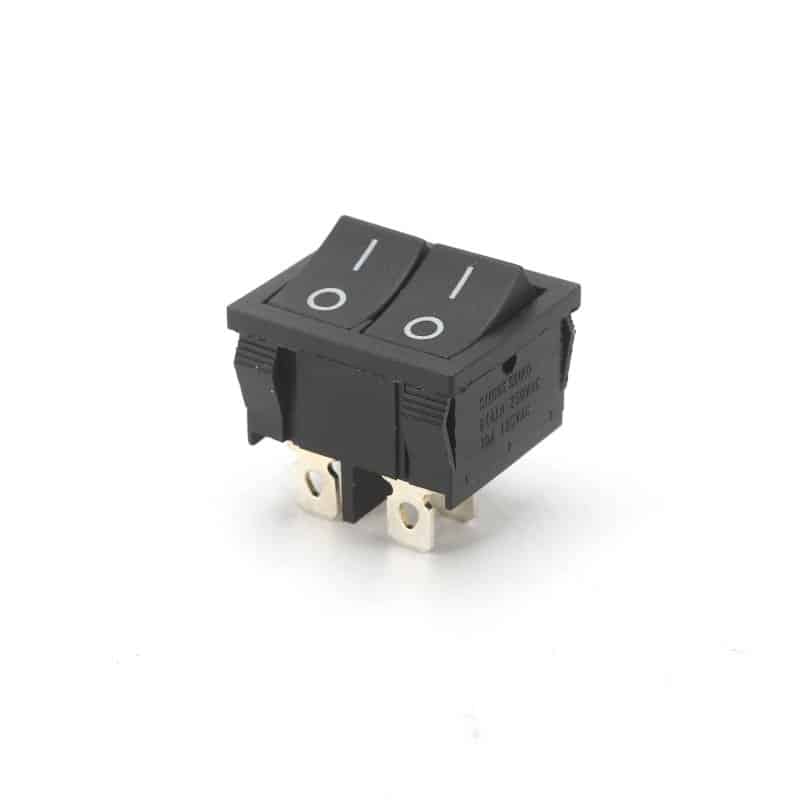
A 12V double rocker switch, ideal for controlling dual circuits in vehicles or marine applications. Our switches feature robust construction, easy installation, and reliable performance. Made in China, top quality assured!
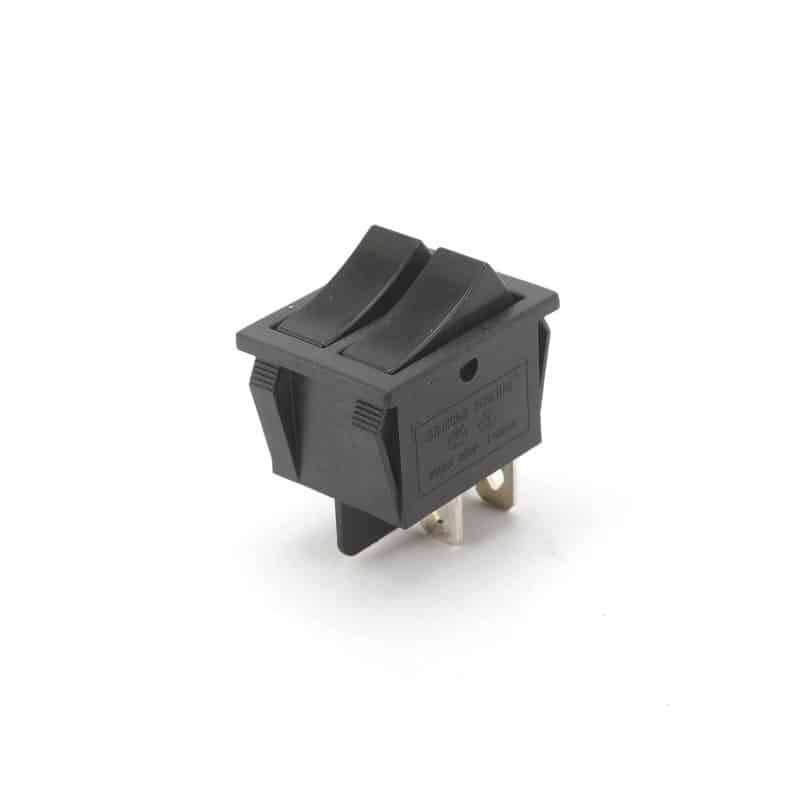
Double rocker switches provide dual control in one unit, enhancing space efficiency. Our products are durable, easy to install, and meet international safety standards. Competitive pricing and quick delivery.
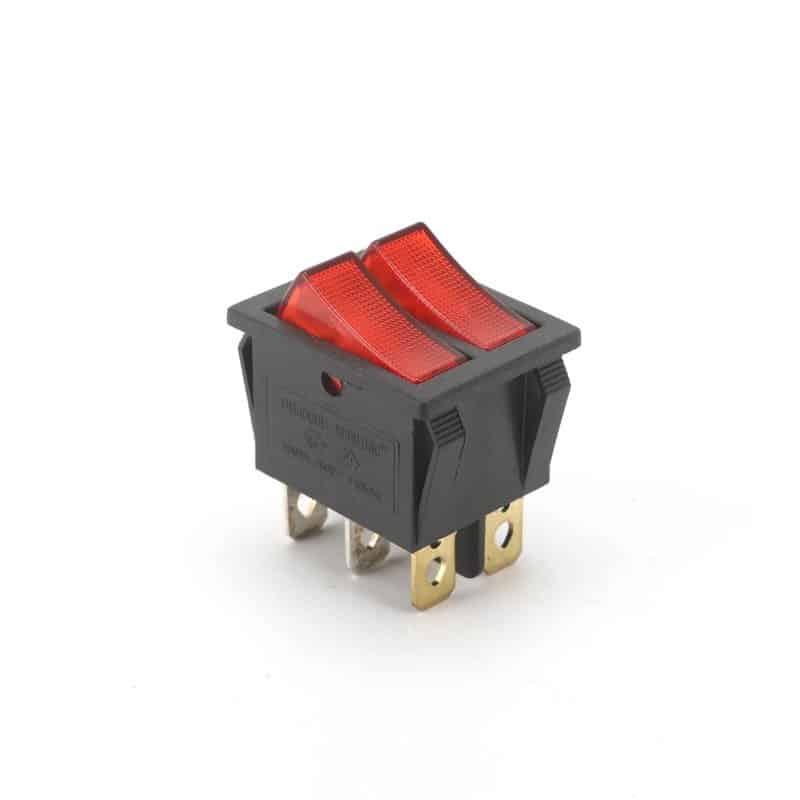
Double rocker light switches offer dual control for lighting, featuring a sleek design, easy installation, and reliable performance. Our products boast superior durability, competitive pricing, and fast delivery.
With Full Product Certification



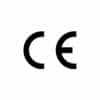



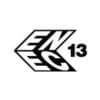
Double Rocker Switch
A double rocker switch is an electrical device that features two independent rockers on a single mounting frame, allowing control over two separate circuits from one convenient location. Each rocker is a switch itself, capable of toggling power on or off for its respective circuit. The design is space-saving and often used in residential and commercial settings where multiple controls are needed without the clutter of multiple switch plates. These switches can be used for various applications such as controlling lights or fans in different parts of a room. They are typically rated for specific voltages and currents, ensuring compatibility with the electrical systems they are integrated into. Installation requires wiring each circuit to its respective rocker, following safety standards and local electrical codes. Double rocker switches come in various styles and colors to match interior decor while providing a functional way to manage electrical components.
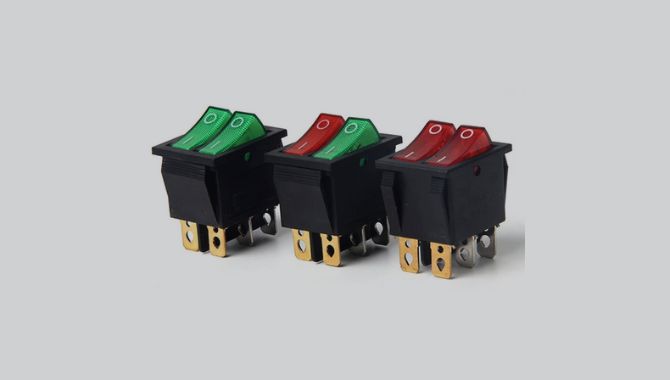

Double Switch Rocker
A Double Switch Rocker, commonly found in residential and commercial settings, is an electrical switch that features two separate controls housed within a single unit. This design enables the independent operation of two circuits from the same location, offering convenience and space-saving benefits. Typically, each rocker panel operates with a simple push mechanism—pushing one side of the rocker to turn the connected device or light on, and the opposite side to turn it off. This dual functionality makes it ideal for controlling different light fixtures or appliances without the need for two separate switch units. The double switch rocker is compatible with standard electrical boxes and is often used in areas requiring control over multiple lighting areas or devices, such as kitchens, living rooms, or bedrooms. Its installation and operation are straightforward, aligning with those of standard electrical switches, making it a practical choice for enhancing functionality and efficiency in electrical systems.
Double Pole Rocker Switch
A double pole rocker switch is an electrical switch that features two separate circuits controlled by a single actuator. The “double pole” part of the name indicates that the switch can simultaneously open or close two contacts or poles, allowing it to control two circuits. The “rocker” design refers to the switch’s actuation mechanism, which rocks from one position to another when pressed, typically displaying an “on” and “off” position with a stable center that does not stick in place unless it is a maintained switch. These switches are commonly used in applications where it is necessary to control two different devices or functions from a single location, providing a convenient and space-saving solution for various electrical systems. The rocker mechanism provides a user-friendly interface that is easy to operate and has a clear visual indication of the current state.
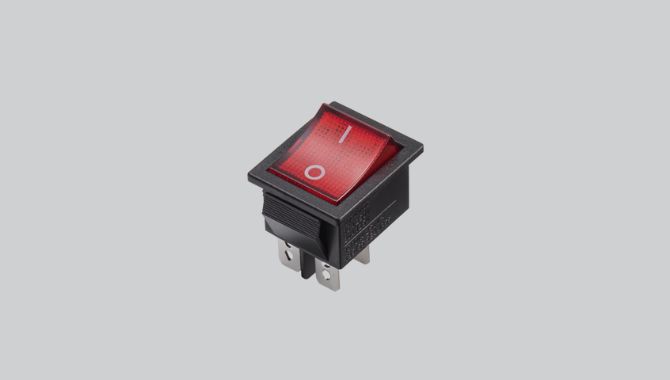
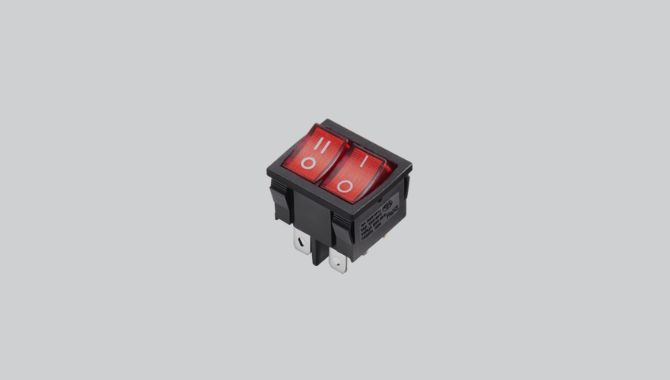
Double Rocker Light Switch
A double rocker light switch is an electrical switch comprising two independent rocker switches mounted on a single faceplate. Each rocker switch is a seesaw-style panel that users press on one end to toggle the switch on or off. This design allows the control of two separate circuits from the same location, making it convenient for operating different lights or devices without needing multiple separate switches. The “double” aspect refers to the pair of switches, while “rocker” describes the motion used to actuate them. Such switches are commonly used in residential and commercial settings where space-saving or streamlined design is desired. They are wired into the electrical system and can be compatible with various lighting types, including incandescent, LED, and fluorescent bulbs. Safety standards require proper installation to avoid electrical hazards.
Rocker Double Switch
A Rocker Double Switch is an electrical switch mechanism that allows the control of two functions or devices from a single location. It features a dual rocker design, where each side of the switch operates independently, enabling the user to turn on or off two separate circuits without the need for two distinct switches. This type of switch is commonly used in residential and commercial settings for controlling lights, fans, or other electrical devices from a single wall switch location. Its design typically includes a rectangular frame with a flat, wide button divided into two parts, each part corresponding to a different circuit. The rocker mechanism provides a user-friendly interface, with a simple push action to change the state of each circuit. This efficient and space-saving solution is particularly useful in areas with limited wall space for multiple switch installations.
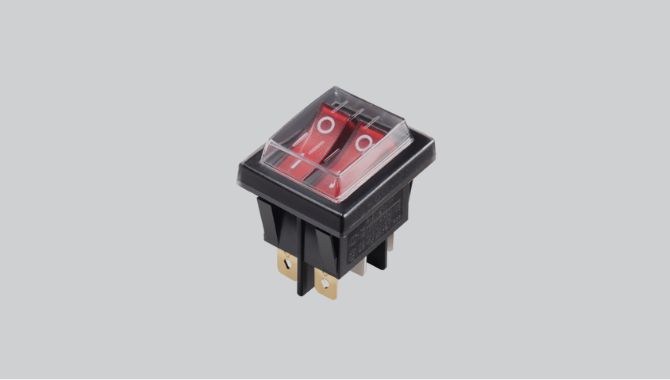
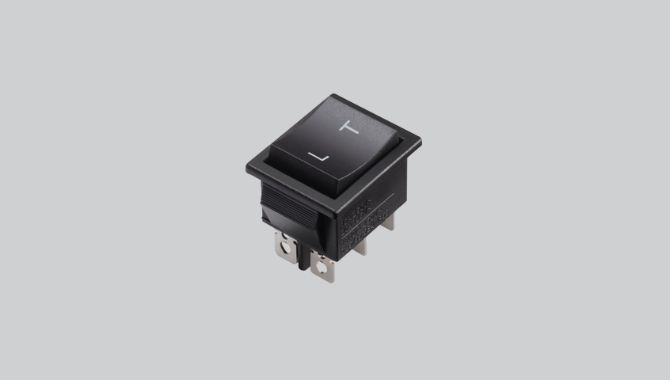
Double Pole Double Throw Rocker Switch
A Double Pole Double Throw (DPDT) rocker switch is a type of electrical switch that enables the control of two separate circuits simultaneously. It has six terminals: two pairs for the input and two pairs for the output. The switch can be rocked between two positions, each connecting a pair of inputs to a pair of outputs in a different configuration. In one position, the switch connects the first input pair to the first output pair and in the other position, it connects the second input pair to the second output pair. This feature allows the switch to either change the direction of current in a circuit, toggle between two different outputs from a single input, or to turn on/off two circuits at once. The “double pole” denotes control over two separate circuits, and “double throw” indicates that there are two possible positions for directing the flow of electricity.
Single button VS Dual button


Find more related articles
.jpg)
equip yourself with the knowledge shared in this article to smoothly rock your way towards an optimal electrical solution! how does rocker switch work
What Our Customers Are Saying
- Real people with great projects
Nathan S. (USA)
⭐⭐⭐⭐⭐ Smooth and Reliable “The double rocker switches from Weup are smooth to operate and highly reliable. They’ve been a great addition to our home automation system.”
Emma J. (Australia)
⭐⭐⭐⭐⭐ Perfect for Dual Control “These switches are perfect for controlling two devices simultaneously. Easy to install and work flawlessly.”
Lucas M. (UK)
⭐⭐⭐⭐⭐ High-Quality Build “The build quality of these double rocker switches is impressive. They feel sturdy and have a nice tactile response.”
Sophia K. (Germany)
⭐⭐⭐⭐⭐ Easy to Use “Weup’s double rocker switches are very user-friendly. Installation was simple, and they operate with precision.”
Oliver T. (Canada)
⭐⭐⭐⭐⭐ Great for Custom Setups “These switches were perfect for our custom electrical setup. They’re versatile and provide reliable dual control.”
Charlotte R. (France)
⭐⭐⭐⭐⭐ Durable and Functional “These double rocker switches are both durable and functional. They’ve held up well under constant use.”
Noah L. (Netherlands)
⭐⭐⭐⭐⭐ Excellent Design “The design of these switches is excellent. They look great on our control panel and work exactly as expected.”
Ava D. (Italy)
⭐⭐⭐⭐⭐ Consistent Performance “We’ve been using these double rocker switches for a while now, and they consistently perform without any issues.”
William G. (Japan)
⭐⭐⭐⭐⭐ Perfect Fit “These switches fit perfectly into our control panel. Installation was easy, and they’ve been working great ever since.”
Mia P. (Spain)
⭐⭐⭐⭐⭐ Reliable and Sturdy “We’ve found Weup’s double rocker switches to be very reliable. They’re sturdy and have handled our demanding applications with ease.”
Related Product
FAQs
Double Rocker Switches are commonly used in various applications, and people often have questions about them. Here are five of the most popular FAQs for Double Rocker Switches:
A double rocker switch, also known as a dual rocker switch, is a type of switch that combines two independent rocker switches into a single unit. Each rocker operates independently, allowing control of two separate circuits or devices from one compact switch. When you press one side of the rocker, it completes the circuit, and releasing it breaks the circuit.
Double rocker switches are commonly used in residential and commercial lighting applications, automotive and marine controls, and any situation where space is limited but dual control is needed. They are particularly useful in areas where two devices, such as lights or fans, need to be operated separately but from the same location.
Wiring a rocker switch can vary depending on the specific type and application, but generally, it involves connecting the switch to the power source, load, and ground. Always consult the manufacturer’s instructions or an electrician if you’re unsure about the wiring, as incorrect wiring can be dangerous.
Double rocker switches come in various configurations, including:
- ON/OFF for each rocker: Both rockers function as simple ON/OFF switches.
- Momentary/ON: One or both rockers provide a momentary action, meaning the switch only remains on while pressed.
- ON/ON: Each rocker can toggle between two different circuits, providing more control options.
Wiring a double rocker switch involves connecting each rocker to its respective circuit. Typically, you will have multiple terminals on the back of the switch, with each rocker having a separate set of terminals. Ensure that you follow the wiring diagram provided with the switch to correctly connect the power, load, and ground wires.
Double rocker switches are usually constructed from durable materials such as high-grade plastic or metal. The internal components, including the contacts, are often made from conductive materials like copper or silver to ensure reliable performance. Some models also feature waterproof or dustproof seals for use in harsh environments.
Yes, double rocker switches can be used in both AC and DC circuits, provided they are rated for the appropriate voltage and current. It is important to check the switch’s specifications to ensure it is suitable for the intended application.
Yes, many double rocker switches are available with built-in LED illumination, which helps indicate the status of each circuit. This is particularly useful in low-light environments or to visually confirm that a circuit is active. The illumination can be integrated into one or both rockers, depending on the design.
Maintenance for a double rocker switch involves regular inspections to ensure the switch operates smoothly and is free from dust and debris. If the switch is installed in an environment exposed to moisture or dirt, it’s important to clean it periodically and check the seals if it’s a waterproof model.
The main advantages of a double rocker switch include space-saving by combining two switches into one, the convenience of controlling multiple devices from a single location, and the availability of various configurations to suit different applications. These switches are also typically easy to install and use.
High-quality double rocker switches can be purchased from electronics suppliers, hardware stores, and online retailers. It’s important to choose a reputable supplier to ensure the switches meet industry standards and are suitable for your specific application. Online platforms like Amazon, West Marine, and specialized electronics websites offer a wide range of options.
